In a recent Slate article, titled “I Used to Hope Humans Were Headed for Extinction. Now I Know That Fantasy Allows Us the Easy Way Out” author Lizzie Wade argues that humanity is on the path to extinction due to climate change, suggesting that a 4°C rise in global temperatures could spell the end for modern civilization. This claim is not just alarmist; it’s absurdly wrong. The available evidence today suggests that humanity is more resilient and capable of adapting to changing climates than ever before, bolstered by centuries of technological and medical advancements.
Contrary to the doomsday narrative pushed by Slate, humanity is currently experiencing a golden age. Consider the metrics: global life expectancy has more than doubled over the past century, food production is at an all-time high, and access to clean water, healthcare, and education has dramatically improved. According to the World Bank, life expectancy worldwide has risen from 52 years in 1960 to over 73 years in 2023. This progress has occurred alongside the very fossil-fuel-driven industrialization that Slate blames for the impending apocalypse.
Historically, colder periods such as the Little Ice Age (1300-1850) were marked by widespread famine, crop failures, and societal decline. Meanwhile, warmer periods like the Medieval Warm Period (900-1300) saw agricultural expansion, population growth, and the rise of major civilizations. If warmer temperatures were inherently catastrophic, how do we explain the prosperity that characterized these warmer eras? The reality is that warmth fosters life, while cold has historically brought more suffering and death. Consider the graph below. It clearly shows as we have advanced technologically while at the same time slightly warming over the past century, human death risks from climate have approached zero.
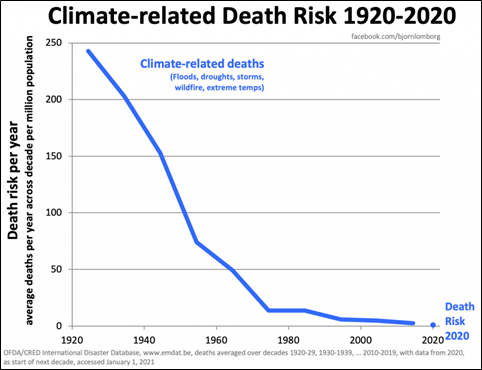
The Slate article leans heavily on the claim that a 4°C rise in temperatures will trigger societal collapse. But where does this number come from? It is based on speculative climate models that have repeatedly overestimated warming trends. A review of historical climate model performance by Climate at a Glance shows that these models routinely predict more warming than actually occurs.
For instance, the CMIP6 climate models — the latest generation of climate projections used by the IPCC — have exaggerated warming rates by as much as 50% when compared to observed satellite data. Yet, Slate presents these exaggerated projections as certainties, despite decades of model inaccuracies.
Also, the assumption that modern humans will respond to warming temperatures the way primitive Neanderthals did is absurd. Unlike our prehistoric ancestors, we have advanced agricultural techniques, desalination plants, irrigation systems, air conditioning, and rapid transportation networks. In short, we have unprecedented adaptive capacity.
The Slate article implies that human extinction is a realistic consequence of climate change, yet it fails to account for humanity’s unparalleled ability to adapt and innovate. Today’s society has access to technologies that allow us to thrive in diverse climates — from the scorching deserts of Dubai to the frigid Arctic outposts.
Consider agriculture. In response to the Dust Bowl of the 1930s, American farmers adopted advanced irrigation techniques, soil conservation methods, and drought-resistant crops. Today, genetic engineering is producing crops that can withstand extreme temperatures, droughts, and pests. The International Food Policy Research Institute has documented how agricultural output continues to increase despite climate variability, driven by technological advancements.
Furthermore, adaptation is not just theoretical — it is already happening. Coastal cities like Miami are implementing robust flood control measures, while nations like Israel are leading the world in desalination to secure fresh water despite arid conditions. Suggesting that humanity is incapable of surviving a mere 4°C temperature rise is a gross underestimation of our capabilities.
Let’s address the extinction claim directly. The idea that a 4°C rise will lead to human extinction is not just speculative; it is hyperbolic fearmongering. It is a classic case of invoking a worst-case scenario while ignoring countervailing evidence. The IPCC itself does not project human extinction under any of its warming scenarios, including the so-called “high-end” scenarios.
Moreover, the article’s attempt to draw parallels between modern humans and Neanderthals is a false equivalence. Neanderthals were poorly adapted to environmental shifts, lacking modern infrastructure, global trade networks, and medical care. We are not at the mercy of the elements as they were. We possess the technological prowess to mitigate and adapt to changing climates.
It is also worth noting that previous apocalyptic climate predictions have failed to materialize. In the 1970s, we were warned of a new ice age. In the 1980s, we were told acid rain would decimate forests. In the 1990s, it was the ozone hole that was going to fry us all with UV rays. Today, it’s the 4°C rise that is supposedly going to lead to human extinction. Yet here we are — healthier, wealthier, and more resilient than ever.
The Slate article is not a scientific analysis; it is a speculative opinion piece masquerading as informed commentary. The narrative of impending extinction is a convenient way to grab attention, but it is not based on credible evidence. By promoting worst-case scenarios as inevitable outcomes, Slate is engaging in classic climate fearmongering — a tactic that does more to sell clicks (aka clickbait) than to inform the public about actual risks and realistic solutions.
If Slate is genuinely concerned about the future of humanity, it would serve its readers better by discussing practical, evidence-based adaptation strategies rather than promoting end-of-the-world narratives. Fear sells, but facts matter. And the fact is, humanity is not on the brink of extinction. We are on the brink of another century of technological advancement and human flourishing — if we don’t let alarmist rhetoric distract us from reality.














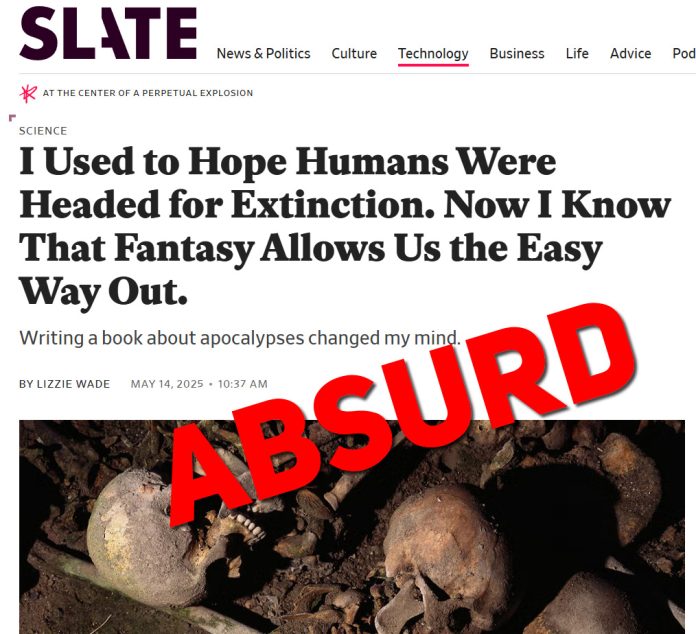





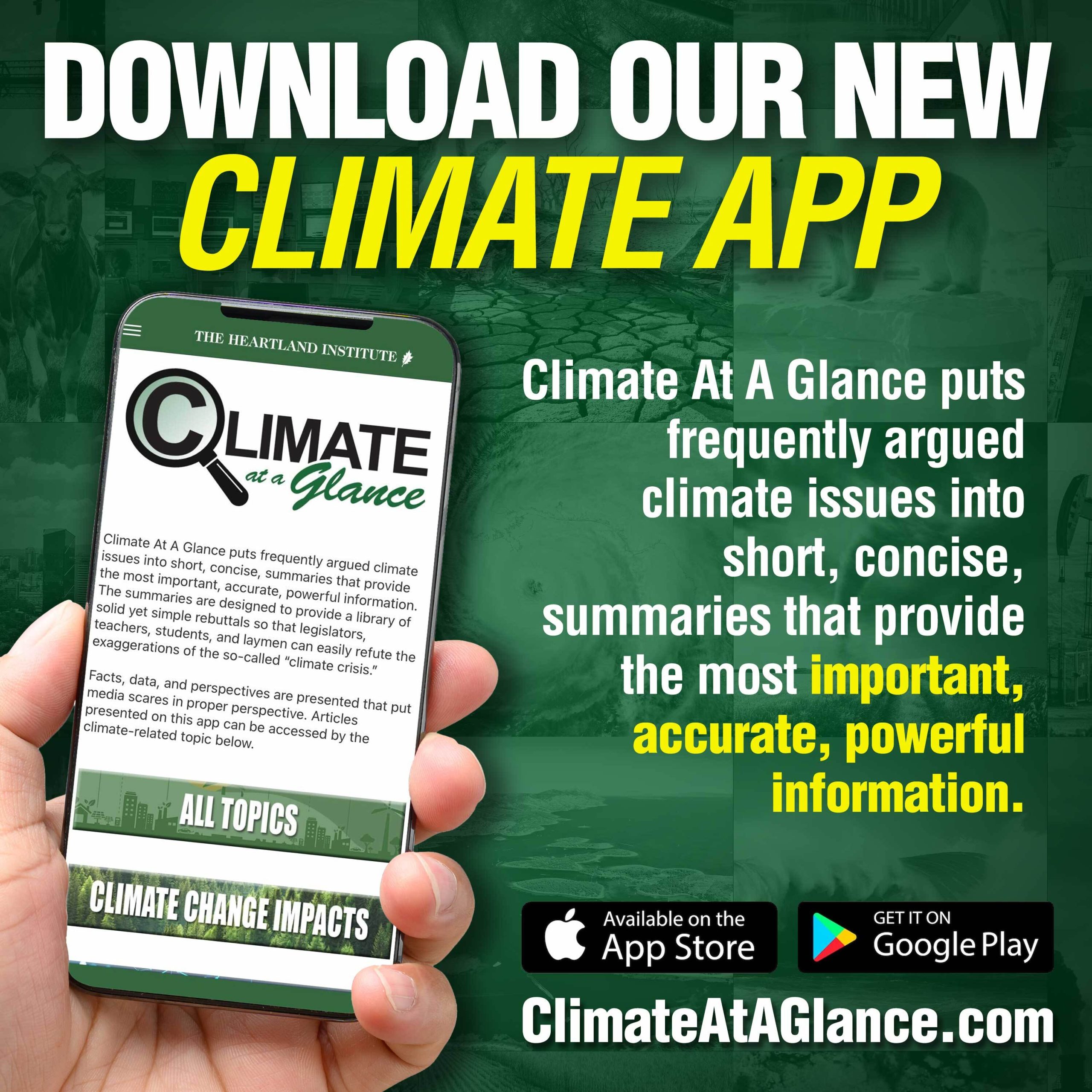
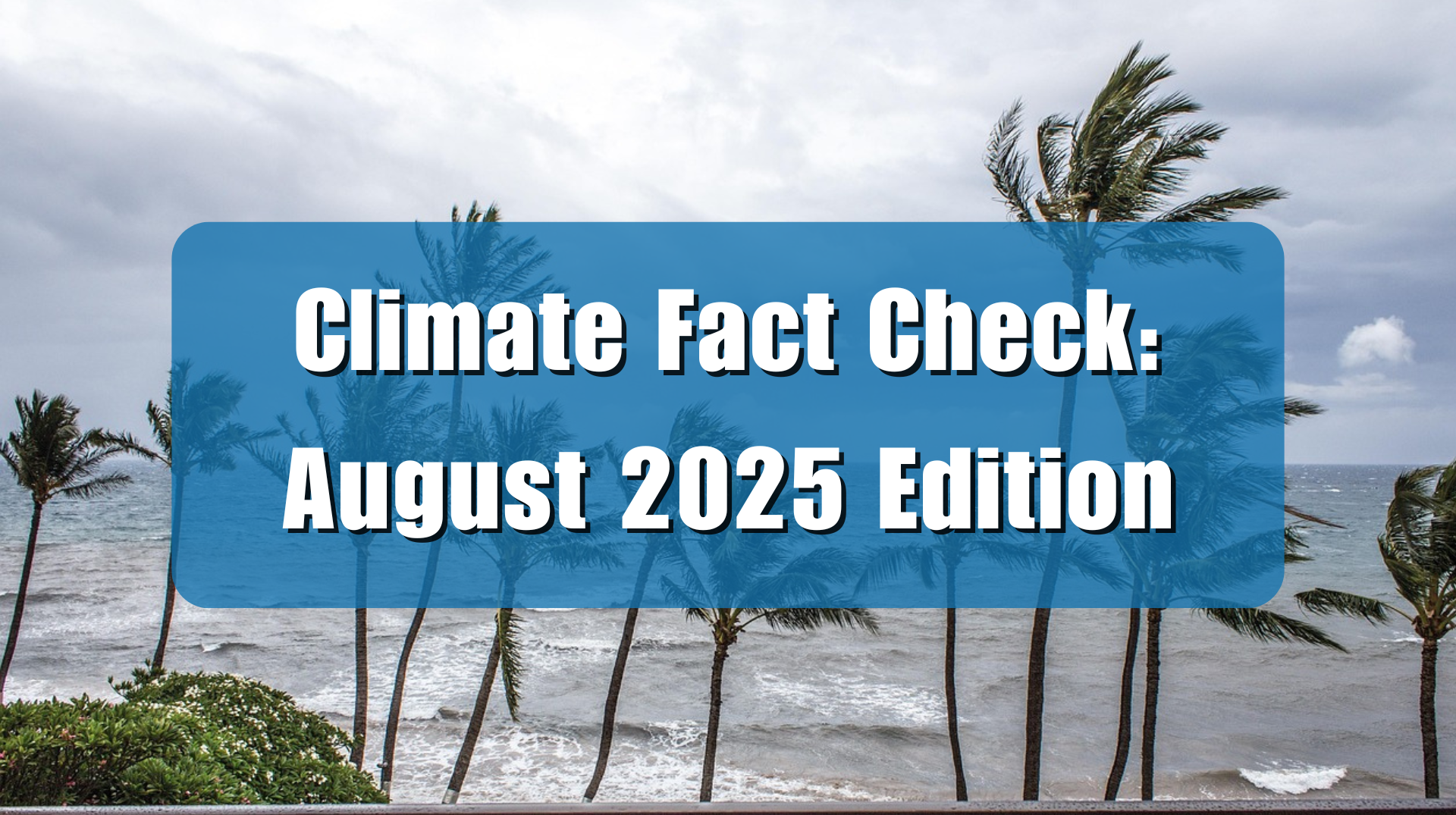
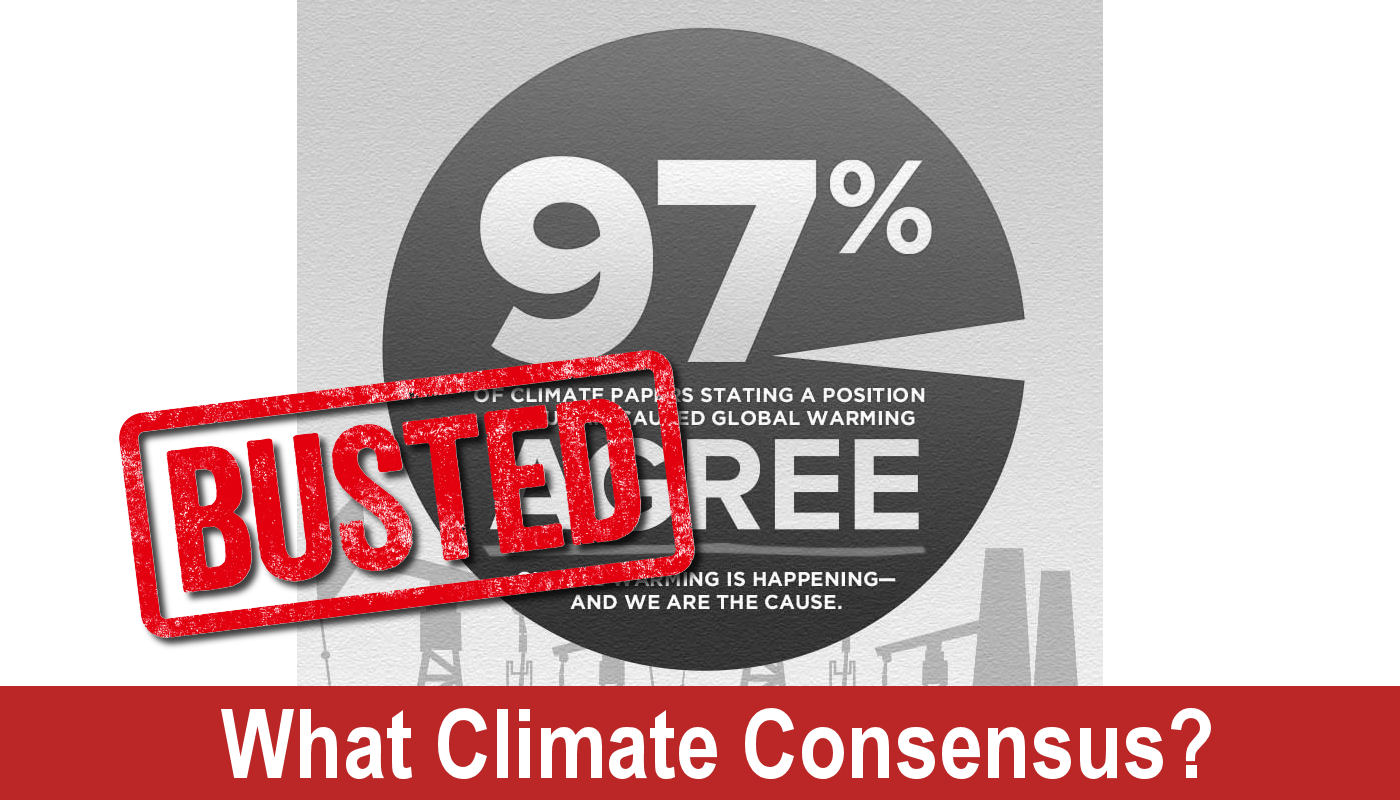
4°C rise?? That’s a big jump from the 2°C rise. Is the media getting more desperate about putting out fake climate change stories, since it’s pretty profitable to be “eco friendly” and “sustainable” right now?
Either way, I agree with your article, Mr. Watts. Humans are highly adaptable animals, we have been nearly wiped out many times throughout (pre)history due to climatic events but still made it out. The idea of a 4°C rise in temperature killing us all is laughable to say the least.
The gloom and doomsday scenarios are absurd like predictions of the end of the world! They extrapolate from faulty models and make assumptions based on no data or evidence just wild speculation and absolute nonsense! Don’t trust anything that isn’t based on facts and supported by valid evidence! If there are no proven or credible validating the claims throw it in the trashcan 🗑️ !